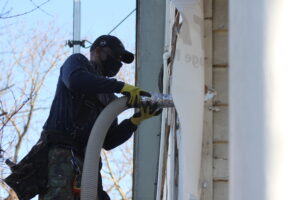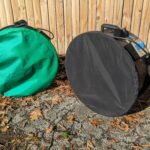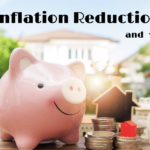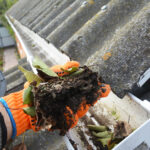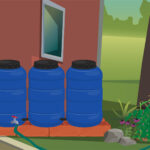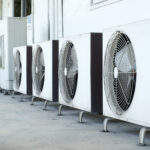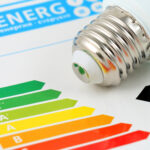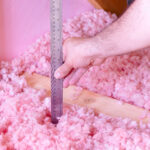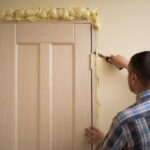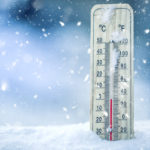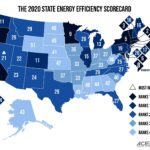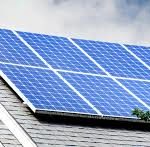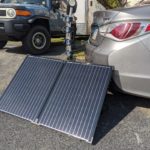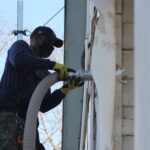Believe it or not, all insulation is not alike.
It may seem like it when it’s installed (if the homeowner sees it at all.) However, there are different types of insulation for different types of needs and locations.
Additionally, the cost of insulation varies depending on the size of the home and the budget of the homeowner. Presently, there are four types of insulation that you can have installed in your home. They are the following:
- Fiberglass Batt Insulation: This is the most common type of insulation. You probably have it in your home now. It’s made of micro slivers of glass fibers, which are large, rolled sheets of material, known as batts, that are fused with a chemical vapor which is an adhesive. This popular insulation is environmentally-friendly, fire-resistant, and soundproof. It’s also budget-friendly making it the first option many homeowners purchase. It does have some drawbacks, though. It does not take kindly to moisture. It’s ineffective if it gets wet. Also, it can attract rodents and other unwanted pests.
- Blown-in Cellulose: This insulation is made of cellulose which are recycled materials such as newspapers, cardboard, and wood shavings. Boric acid is applied to these materials to protect them from fire. Then, it’s blown in heavily to cover all the gaps. It can be more effective than batt insulation and also reduces wind-washing which is when outdoor air infiltrates floor cavities or knee walls. This may lead to heat and water vapor leaking into the structure. As strong as cellulose can be in keeping airtight in the home, it can be messy to install and mold can spread if not blown in quickly.
- Spray Foam: This is the only liquid type of insulation. When sprayed, it thickens and grows. Once it sets, it is hard. Foam can easily be sprayed in all gaps. Once it dries, it is airtight and keeps the heat in. It is an effective solution that can last for many years. Air does not escape as there are no vapor barriers. Its popularity also comes from it adding to the structural support of the home. Its weaknesses, however, can be expensive. Water can damage it and it can be costly to repair. Also, the chemicals in the foam can be toxic. If touched, it can cause inflammation, rashes, and swelling. Lastly, it is more expensive than other insulation. But, the upfront cost may eventually be worth it as it will keep the home warm or cool and last for many years.
- Blown-in Fiberglass: Our most commonly-used insulation, It’s the same base as the fiberglass batt, except there is no vapor. It’s blown in and is energy efficient. It’s soundproof and fills in the small spaces and other locations that are difficult to fill. Most importantly, the air quality in your home is improved. Its advantages include being fire retardant, affordable, effective, and, it is a quick installation. However, blown-in fiberglass has a health warning due to some materials and can be high-maintenance.
These four home insulation types give the homeowner options so that no matter what the consideration, they can get exactly what they need to keep their home warm or cool. Consult your home insulation expert to see which one you should install.
Energy Efficiency Experts can do a home energy audit and determine how to optimize your home’s performance, saving you money on your bills and increasing your comfort. Call us at (202) 557-9200 for a consultation. We serve the Silver Spring, MD and Washington, D.C. region.


